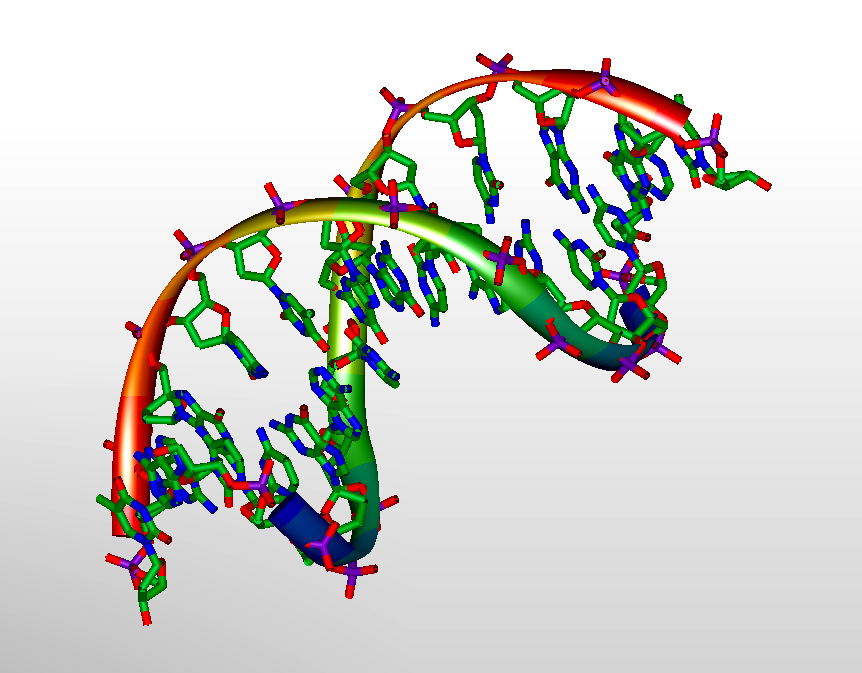The human genome has been the subject of much research and fascination ever since 1952 when Alfred Hershey and Martha Chase, via their renowned Hershey-Chase experiments, identified DNA as the molecule responsible for the propagation of genetic traits. Subsequent to this pivotal discovery, advancements in molecular genetics ignited. Only one year later, James Watson and Francis Crick, with contributions from Rosalind Franklin and Maurice Wilkins, elucidated the mystical double helix structure of DNA. And by April 14, 2003, the Human Genome Project was declared complete, bringing forth the final mapped sequence of the human genome. Yet, much of human genomics remains enigmatic.
As with anything else, just knowing is not enough. As scientists, we must perturb. Thus, welcome to the world of gene editing. While many gene editing techniques exist, the one most frequently discussed today is, you guessed it, CRISPR-Cas9. CRISPR-Cas9 has rightfully earned its place as the hot topic of gene editing, just as it has earned its acronym (clustered regularly interspaced short palindromic repeats and CRISPR-associated protein 9 is an absolute mouthful). Interestingly, CRISPR technology was actually adapted from a bacterial defense system against viruses; another scenario where nature does it best. CRISPR has many potential applications in biomedical research and medicine including imaging of the cellular genome, correction of genetic disorders, treatment of HIV, and engineering cells to treat malignancies [1]. However, just last month, researchers at the Wyss Institute for Biologically Inspired Engineering at Harvard University and Harvard Medical School have introduced a new player on the roster known as Retron Library Recombineering (RLR) which takes advantage of bacterial-derived retroelements, or retrons.
For decades, scientists were perplexed as to the function of retrons in nature. However, just last year, two separate research teams (Millman et al. and Bobonis et al.) came to the same conclusion; retrons play a role in antiphage defense systems for bacteria, drawing a similarity between these retroelements and CRISPR-Cas9 [2] (the other article is currently still in preprint). Retrons were initially discovered in 1984 by Yee and coworkers after extracting multiple copies of a short single-stranded linear DNA fragment from the bacterium Myxococcus xanthus [3]. The researchers performed gel electrophoresis on phenol-extracted chromosomal DNA from this bacterium and visualized a small secondary satellite band of roughly 120-190 base pairs. Further studies revealed the structure of these bands, identifying several components including one strand of structured RNA connected to one strand of DNA. These strands are joined by a unique 2’-5’ phosphodiester bond that links the 5’ end of the DNA segment to the priming guanosine of a conserved AGC sequence in the RNA segment [4]. These strands exist in a compact and contiguous transcriptional cassette which also contains a specialized reverse transcriptase enzyme.
So, what is it about RLR that makes it so special? To understand this, one must first understand the phenomenon of recombineering, or recombination-mediated genetic engineering. Unlike most forms of genetic engineering which rely on the use of restriction enzymes and restriction sites in DNA, recombineering allows researchers to introduce new DNA segments into a cell in virtually any location in its genome without having to cut or break the DNA. This process requires bacteriophage proteins, which carry out the homologous recombination reaction. This technique, coupled with the targeted-reverse transcription activity of retrons to generate single-stranded DNA from its RNA template, allows for the incorporation of a huge number of genomic variants within the host cell. Through this mechanism, RLR enables a vast number of experiments to be conducted simultaneously, allowing researchers to observe the effects of targeted mutations across the entire genome, thereby enhancing throughput compared to more traditional methods [5]. In their paper, Schubert et al. noted a greater than 90% efficiency in incorporating single-stranded DNA edits in vivo [5].
While this technology appears to be very promising, it has yet to be performed successfully on mammalian cells. Despite this, retrons have already demonstrated very unique contributions to the world of genetic engineering and researchers remain optimistic that new and exciting innovations await. Since RLR is so new to the scene, much work remains to be done in order to enhance and standardize editing rates. For now, CRISPR maintains its spotlight, but perhaps not for long.
2. Millman, A., et al., Bacterial Retrons Function In Anti-Phage Defense. Cell, 2020. 183(6): p. 1551-1561 e12.
3. Yee, T., et al., Multicopy single-stranded DNA isolated from a gram-negative bacterium, Myxococcus xanthus. Cell, 1984. 38(1): p. 203-9.
4. Simon, A.J., A.D. Ellington, and I.J. Finkelstein, Retrons and their applications in genome engineering. Nucleic Acids Res, 2019. 47(21): p. 11007-11019.
5. Schubert, M.G., et al., High-throughput functional variant screens via in vivo production of single-stranded DNA. Proc Natl Acad Sci U S A, 2021. 118(18).
Ankedo Warda is a member of The University of Arizona College of Medicine - Phoenix, Class of 2024. He graduated with his BS in Exercise, Health and Wellness at Arizona State University before earning his MMS (Master in Medical Studies) at The University of Arizona College of Medicine - Phoenix as part of the Pathway Scholars Class of 2020. Ankedo is interested in the fields of emergency medicine and orthopedic surgery. During leisure, Ankedo enjoys spending time with his family, weight-training and drawing.


